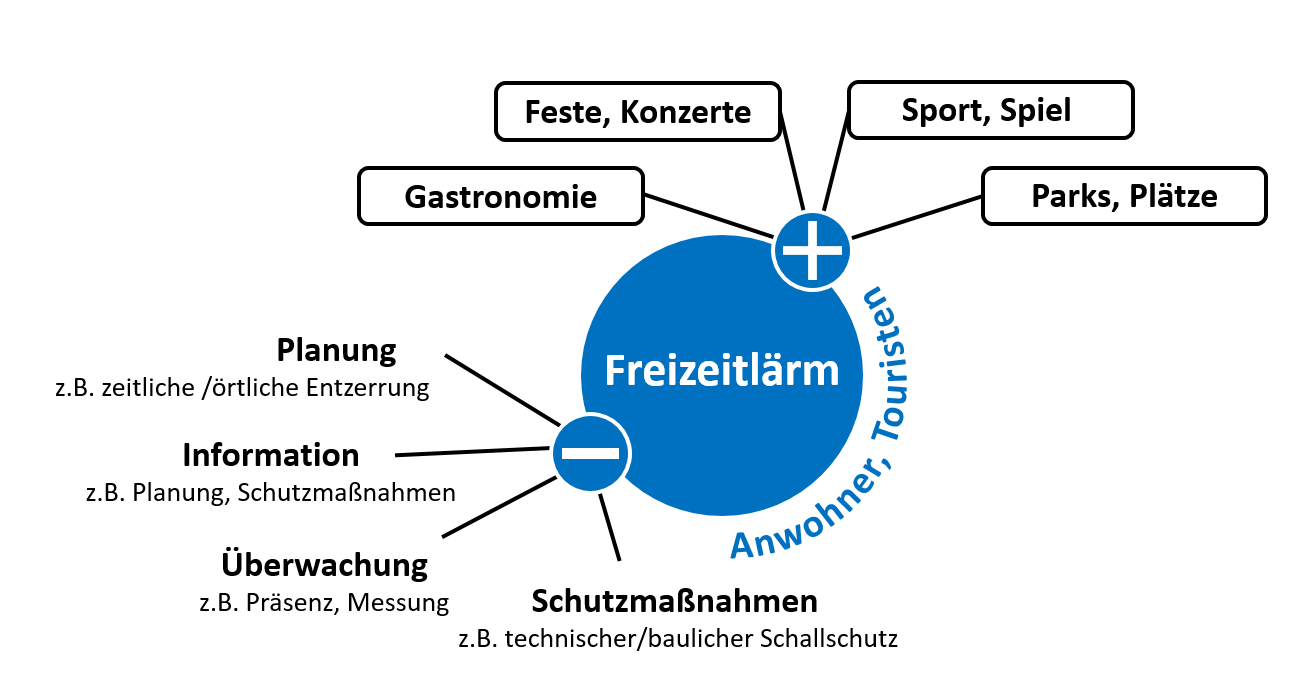

Demands regarding the quality and sustainability of tourism are currently on the rise almost everywhere. This also includes audible quality, as in many areas both locals and tourists long for tranquil places where they can relax or at least enjoy a pleasant acoustic environment. A range of conflict potentials can be identified along tourism value chains. Nevertheless, the economic importance of tourism should not be neglected. Based on a comprehensive review of literature, cases and problems, supplemented by expert panels in towns and regions of touristic interest in Baden-Wuerttemberg, the interplay between tourism and noise is being analyzed in order to find scientifically sound solutions to practical issues and also to stimulate the exchange of information among experts.